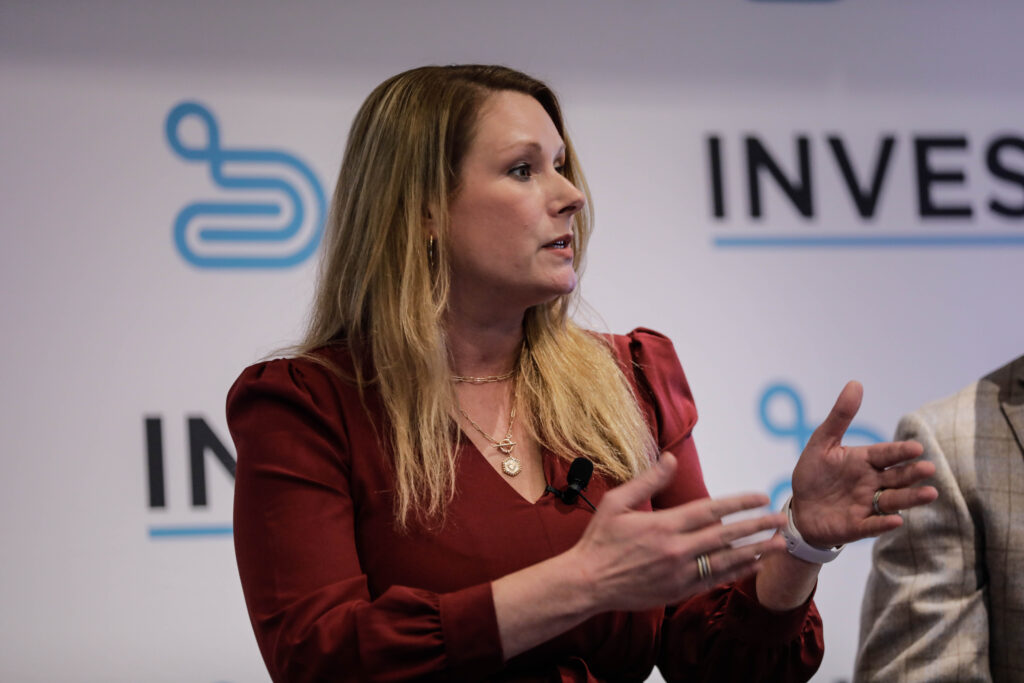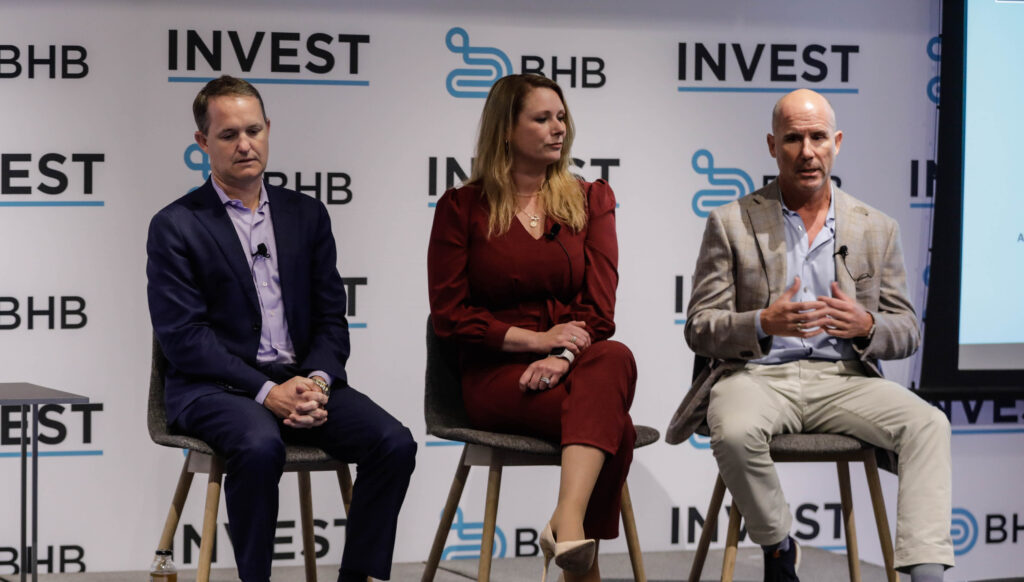Autism rates in the U.S. have increased substantially over the last decade. This has put pressures on autism service providers, which have struggled to find a workforce big enough to meet the demands.
In response, autism service operators are employing new technology and training programs to help retain, recruit and optimize staff. At the same time, an influx of private equity funding has helped increase salaries to entice more clinical providers.
“We don’t have enough skilled clinicians, [or] licensed or certified clinicians. There are just simply not enough currently,” Kathleen Bailey Stengel, CEO of NeurAbilities Healthcare, said during the Behavioral Health Business INVEST conference. “So as a workforce, we have to actually develop them within our company. We have to train them up, we have to invest in them.”
Voorhees, New Jersey-based NeurAbilities Healthcare is a nationally accredited applied behavioral analysis treatment provider. It has 17 centers in New Jersey and Pennsylvania.
About 1 in 44 children are identified with autism spectrum disorder, according to the CDC. That’s up from 1 in 69 children in 2012. Additionally, there are also more than 5.4 million adults with autism.
Applied Behavioral Analysis (ABA), a type of one-on-one therapy focused on improving specific behaviors, has become the gold standard for treating autism. Yet there are only 58,345 board-certified behavioral health analysts (BCBAs).
A 2019 study found that 49 states fell below the per capita supply of certified ABA provider benmark.
“We have to remember that it’s actually a very, very difficult job,” Stengel continued.

To support the pipeline of industry professionals, several autism providers offer registered behavioral health technician training programs. Others support staff through university partnerships that feature continuing education and training opportunities.
When it comes to staffing, the first 60 days of employment, in particular, are critical to long-term success, according to Doug Moes, chief clinical development officer at The Stepping Stones Group. During this time, it’s essential to keep employees engaged through training and immerse them in the culture of a practice.
Offering consistent and flexible scheduling is likewise important, Moes added.
“Where can you access adults? Well, a lot of adults you can access during the day when the younger kids are in school,” he said at INVEST. “So [that’s] food for thought when you’re thinking about how to leverage your workforce.”
Boston-based Stepping Stones is an autism and behavioral health provider. It operates in 45 states. Its 8,000 employees serve more than 1,000 clients and 300,00 children annually. The provider was named one of the fastest growing companies by Inc. 5000.

The compensation question
While training and non-financial benefits can have an impact on the autism workforce, there is also a financial element. Staff members typically expect annual raises, Moes said. Yet payer reimbursement rates are slow to keep up with rising salaries.
Some operators are looking to negotiate with payers and demonstrate the impact of their work.
“It’s not usual and customary that you’re getting rate increases from your payers each and every year,” Moes said. “You’ve got to be very strategic and tactical. With our outcomes data, [we’re] trying to make the case that we’re worth increased rates, but [we’re] also trying to negotiate the annual escalators as a strategy just to mitigate.”
Another factor with autism clinician salaries is the entrance of private equity into the space. Last year, there were 40 deals in the autism sub-sector. In the first half of 2022, there have been 46, a 15% increase year over year, according to data from the Braff Group.
“I think it also drove up compensation for board-certified behavior analysts,” John Hennegan, a partner at Shore Capital Partners, said at INVEST. “More and more investors got into the space and said, ‘Wait, as long as we control the BCBAs, the clients will follow.’ And so we’ve seen rampant wage inflation.”
Chicago-based Shore Capital Partners is a private equity investor. Its behavioral health portfolio includes Behavioral Innovations, BrightView, Column Health and Transformations Care Network.

Technology’s role in expanding access, training
Technology could be a driving force in optimizing the autism workforce and expanding access to care. Digital tools could be used to help monitor, manage and train autism service providers.
“Early on, we built out a learning management system. … We used it to evaluate how well people are doing on competencies that move them along [in] their professional trajectory and help them advance up the food chain,” Moes said.
Looking ahead at the workforce of the future, it’s a young population coming into the field, Stengel explained. Many of the employees are coming from high school or college. Having easy-to-use tech is an expectation.
“They grew up on technology,” she said. “They want things to be easy, so you have to make it easy for them.”
Technology can also help with the supply and demand issue in autism care. For example, digital tools can help providers cut down on administrative tasks like scheduling assignments so they can instead have more time to work with patients.
Virtual reality and AI-powered technology can likewise enhance training or expand access to care moving forward.
“[It’s] kind of the ‘Uberization’ of deploying behavior technicians to meet the needs,” Moes said. “It’s a different animal because we’re not driving cars; we are delivering treatment. But certainly, we’re sophisticated enough where we’re learning about the kind of profiles of our kids in terms of severity and acuity, and the types of ABA methods that we want to employ. And then we know our staff … in terms of their skill sets.”
Companies featured in this article:
NeurAbilities Healthcare, Shore Capital Partners, Stepping Stones Group



